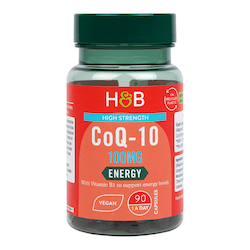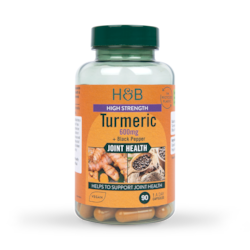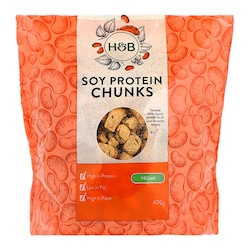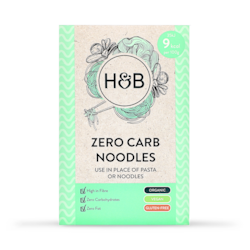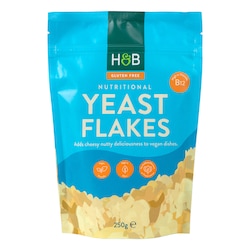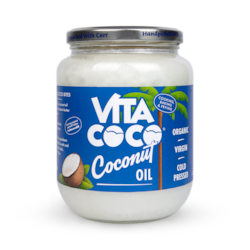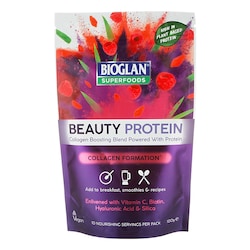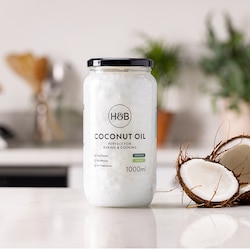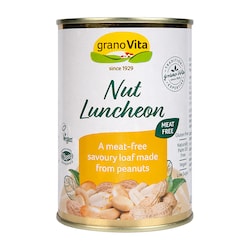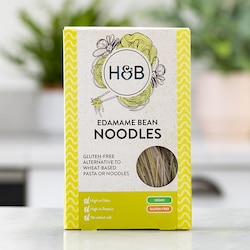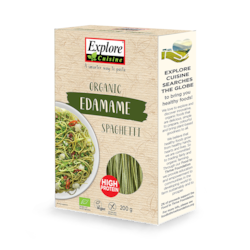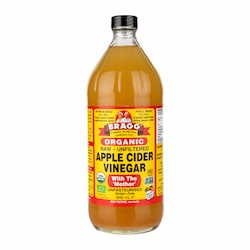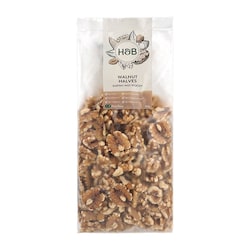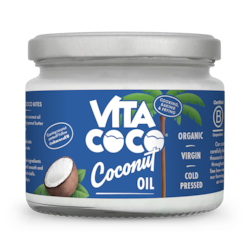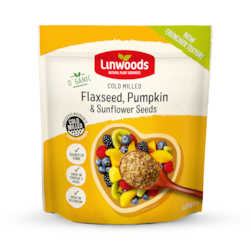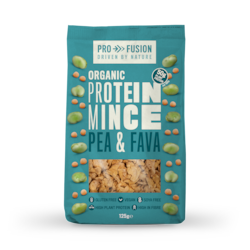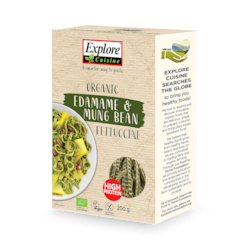15% off £30 OR 20% off £40
Tempeh vs tofu: What's the difference?
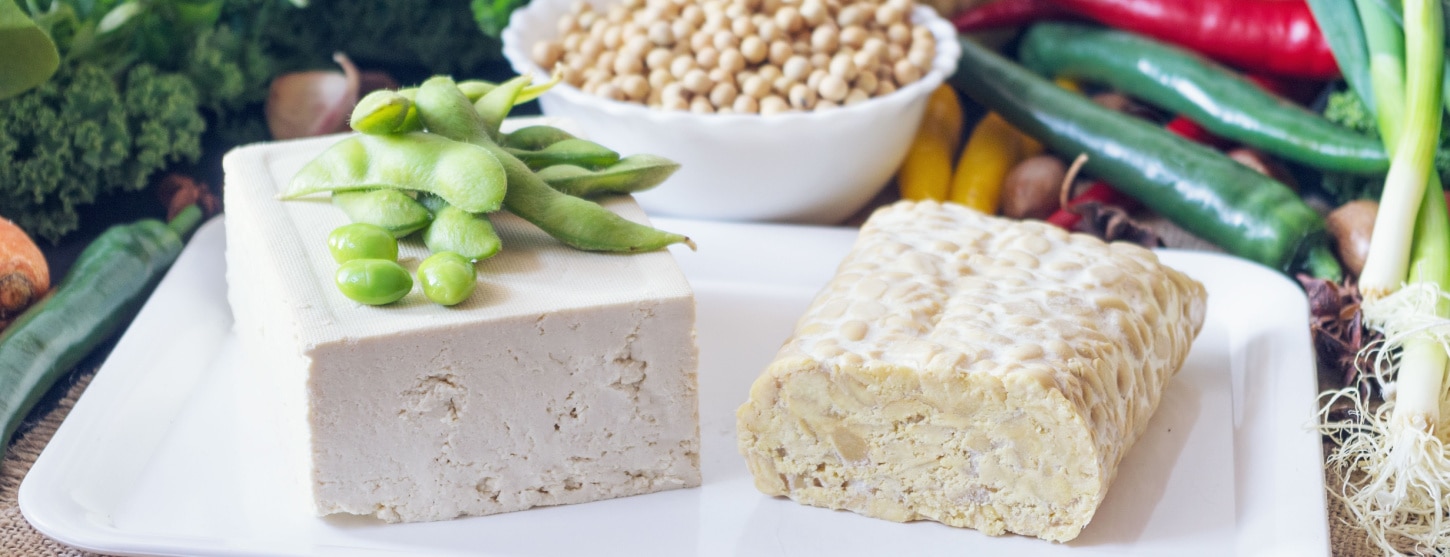
Tempeh and tofu sound similar, but are they the same thing? A staple in the vegan diet, we’ll dive into the details of tofu and tempeh in this guide.
From the difference between them to their protein contents and recipe ideas, find out everything you need to know about
Skip to:
What is tofu?
Also known as bean curd, tofu is a soft source of vegan protein made from soybeans that have been soaked, crushed, boiled before separating the milk from the curd.
A staple food in Japanese, Chinese, Korean and Southeast Asian diets, tofu can be used in a range of dishes, from curries to stir-fries.1
What is tempeh?
Tempeh is also a good source of plant-based protein as it too comes from soybeans which have been fermented and shaped into a block.
Although tempeh is originally from Indonesia, it is often used in the same types of recipes as tofu.2
What does tofu taste like?
Plain tofu has an incredibly subtle creamy-like flavour, but other than that it is pretty flavourless. This is what makes it so versatile though, as you can marinate it in spices and sauces, fry it in a batter or add it to tasty curries where it can be used in place of chicken.
What does tempeh taste like?
On the other hand, tempeh has a much stronger flavour and it’s often described as nutty. But like tofu, it can absorb the flavour of your meal, making it another versatile source of protein to add to your favourite dishes.
Plant-based protein explained
There’s a stereotype that plant-based diets don’t contain enough protein, but that’s not the case! The trick is to know what the best vegan sources of protein are, like tofu, tempeh, beans and pulses, and get them into most of your meals.
The key difference between plant-based protein and animal protein comes down to amino acids. Animal proteins are classed as ‘complete proteins’ because they contain all nine essential amino acids.
Whereas the majority of plant-based protein can’t be classed as complete proteins because they don’t contain all nine amino acids that your body can’t make itself.3
Some people like to use jackfruit as an alternative to meat, especially pulled pork or chicken. But this isn’t usually favoured by people who want to build muscle because it’s not classed as a complete protein. However, this isn’t the case for tofu and tempeh.
How much protein is in tofu/tempeh?
That’s correct, tempeh and tofu are some of the only plant-based sources of protein that contain all nine essential amino acids, making them a complete protein.4
In just 100 grams of tofu, there is 10 grams of protein.5
And in 100 grams of tempeh, there is approximately 19 grams of protein.6 Pretty impressive for plants!
Tempeh vs. tofu nutrition
Now we’ve covered the difference between tempeh and tofu in terms of protein, what about the rest? Check out the difference in their calories, fat, fibre contents and more below:7,8
| Tempeh (100g) | Tofu (100g) | |
|---|---|---|
| Calories | 166kcal | 91kcal |
| Total fat | 6g | 5g |
| Salt | 0g | 0g |
| Carbohydrates | 6g | 2g |
| Sugars | 1g | 0g |
| Fibre | 4g | 0g |
| Protein | 19g | 10g |
Tofu as a meat alternative
Tofu is a wonderful meat alternative thanks to it’s versatility. For scrambled tofu (as an alternative to scrambled egg), simply use a silken or firm variety of tofu.
Equally, firm or extra firm tofu is a great addition to main meals. It can be lightly fried and added to ramens, baked and used in a nourish bowl or thrown into curry sauces.
Check out some of our favourite tofu recipes below.
Vegan breakfast muffin
Low calorie ramen
Thai tofu laksa
Tempeh as a meat alternative
What about tempeh? Equally as versatile, thinly sliced tempeh bacon is great for imitating bacon rashers on your morning fry up, but also for adding a boost of protein to your salad bowls and curries.
Discover a couple of our top tempeh recipes below.
Crispy tempeh tacos
Miso tempeh, sweet potato & shiitake mushroom bowl
Potential side effects of tofu and tempeh
If you’re not allergic to soy, chances are you won’t experience any side effects from eating tofu and tempeh.
The most common side effects include:9
- An upset stomach
- Constipation
- Diarrhoea
If you’re pregnant or breastfeeding, it’s best to speak to your GP before you start adding soy products like tofu and tempeh to your diet.
Equally, soy can reduce thyroxine absorption, so if you’re taking this medication you should try to avoid soy food products.
If you still really want to eat soy products, try to leave as long as possible between eating it and taking thyroxine.10
The final say
Tempeh and tofu are both great sources of soy-based protein. Ideal for adding to a range of different meals, it’s worth adding one (or both) of these ingredients to your shopping list.
Why not get the ball rolling and try one of our suggested tofu or tempeh recipes today?
The advice in this article is for information only and should not replace medical care. Please check with your GP or healthcare professional before trying any supplements, treatments or remedies. Food supplements must not be used as a substitute for a varied and balanced diet and a healthy lifestyle.
Last updated: 22 December 2022
- https://www.britannica.com/topic/tofu
- https://dictionary.cambridge.org/dictionary/english/tempeh
- https://www.ncbi.nlm.nih.gov/pmc/articles/PMC6723444/
- https://www.ncbi.nlm.nih.gov/pmc/articles/PMC5188409/
- https://www.nutritionix.com/food/tofu/100-g
- https://www.fatsecret.com/calories-nutrition/usda/tempeh?portionid=61054&portionamount=100.000
- https://www.checkyourfood.com/ingredients/ingredient/1076/tempeh
- https://www.checkyourfood.com/ingredients/ingredient/1086/tofu--nigari--extra-firm
- https://www.nccih.nih.gov/health/soy
- https://pubmed.ncbi.nlm.nih.gov/22908106/



